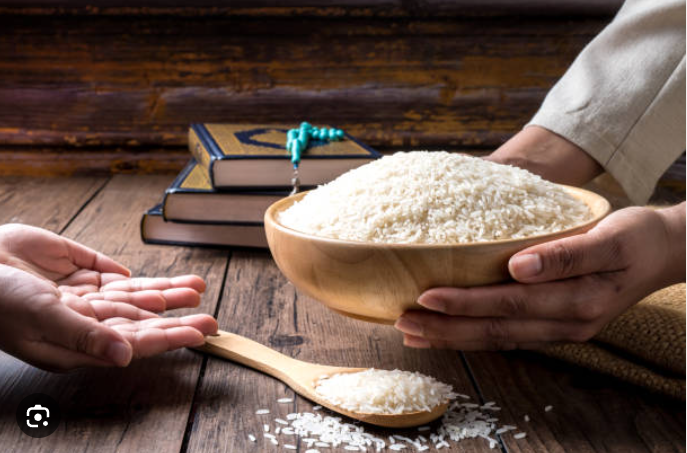As the crescent moon marks the beginning of Ramadan, Muslims worldwide prepare for a month of spiritual reflection, community, and of course, delicious food! Every evening at sunset comes Iftar, the time to break the fast and enjoy a shared meal with loved ones. But Iftar traditions vary greatly across the globe, offering a fascinating glimpse into different cultures. From savory dishes in Morocco to sweet treats in Indonesia, join us on a delicious journey as we explore Exploring Iftar Traditions Around the Globe!
The Essence of Iftar: Exploring Diverse Traditions Around the World
Imagine the Maghreb call to prayer echoing through the city as families in Morocco prepare for Iftar. The table is a colorful mosaic of dates, harissa (a savory tomato and lentil soup), and chakra (flower-shaped cookies coated with honey and sesame seeds). The act of breaking the fast with a date isn’t just a Moroccan tradition; it’s a practice deeply rooted in Islamic teachings and followed across many countries, symbolizing the simplicity and purity of the Prophet Muhammad’s (peace be upon him) own practices. This gesture, as small as it may seem, embodies the essence of Iftar: a return to simplicity, gratitude, and unity.
A Feast Under the Stars in the Middle East

Journey with me to the Middle East, where the Iftar scene transforms into a lavish spread under the stars. In countries like the United Arab Emirates and Saudi Arabia, families and friends gather in majlis tents to share Iftar, reflecting a sense of community and generosity. The air is filled with the aroma of spiced lamb, kabsa, and the sweetness of kunafa. The majlis, traditionally a place of social gathering, becomes a symbol of togetherness and hospitality during Ramadan, embodying the spirit of sharing and giving.
The Simplicity and Serenity of Southeast Asia

Our next stop is Southeast Asia, where the essence of Iftar shines through the simplicity and serenity of its observance. In Indonesia, the world’s largest Muslim-majority country, the breaking of the fast is often preceded by the consumption of kolak, a sweet coconut milk-based dessert with bananas and sweet potatoes. This humble dish highlights the importance of gratitude and moderation, reminding us that the spirit of Ramadan lies not in the extravagance of the meal but in the sincerity of the gathering.
The Communal Harmony of South Asia

In the bustling streets of South Asia, Iftar brings a moment of calm and togetherness amidst the chaos. Pakistan and Bangladesh are known for their Iftar bazaars, where streets come alive with vendors selling a variety of snacks and sweets. Samosas, pakoras, and jalebis are shared amongst neighbors and friends, illustrating the communal harmony that Ramadan fosters. It’s a scene where the rich tapestry of South Asian culture is on full display, with Iftar serving as a bridge between diverse communities.
The Global Melting Pot
As we journey from one country to another, exploring the traditions of Iftar, we realize that it is more than just a meal; it is a global melting pot of traditions, flavors, and stories. Each dish, each gathering, tells a story of heritage, faith, and unity. The essence of Iftar lies in its ability to bring people together, transcending geographical and cultural boundaries. It is a time when differences are set aside, and the universal values of kindness, generosity, and compassion are celebrated.

















